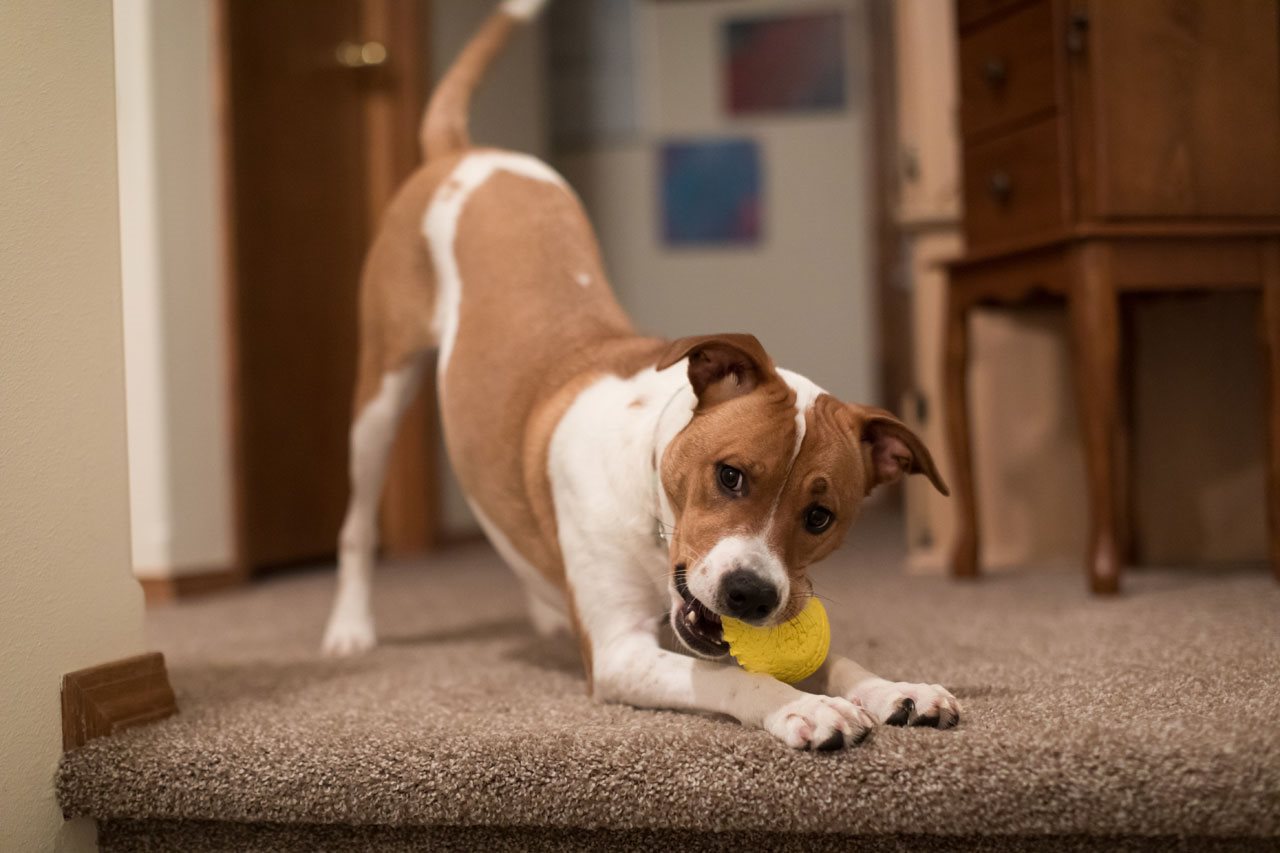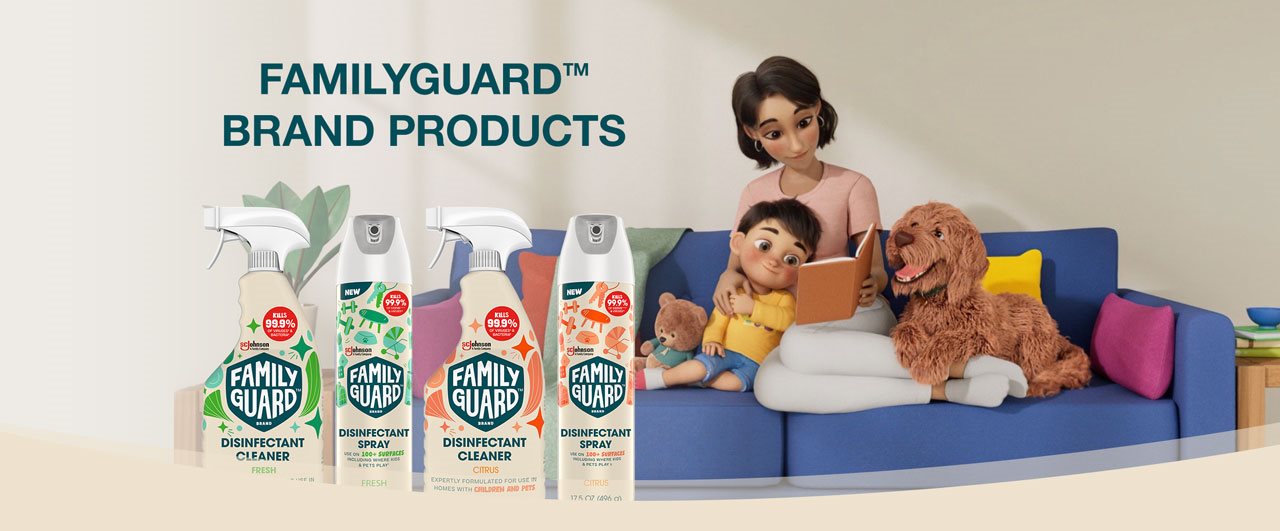
(BPT) - Being a pet parent involves much more than providing just their basic needs. To keep your pet happy, active and healthy, it's important to encourage them to play, while providing opportunities for safe exploration and fun bonding time with their family. Whatever kind of pet you have, there are steps you can take that will help them thrive.
This May for National Pet Month and beyond, here are tips to help you have fun with your furry family member.
1. Understand their needs
Every animal has needs beyond shelter, food and water. Most cats need places to feel safe, like high perches or snug sanctuaries - plus opportunities to practice stalking and hunting (toy mice and wand toys). While all dogs need outdoor exercise and opportunities to bond with humans, their behaviors vary by breed. For example, dogs bred to herd sheep (collies, sheep dogs and shepherds) love to chase balls and flying discs, while terriers enjoy digging.
Take this month to research your pet's breed and ask your veterinarian about their behaviors to understand how they'll most enjoy playing. Because they're also individuals who may not conform to expected behaviors, observe your furry friend as you play and notice what they respond to most. Can you tell when they're engaged and excited? That can help you identify the best ways to play with them.
2. Know their developmental stage
It's also crucial to understand your pet's life stage. Puppies and kittens have tons of energy and behaviors, like chewing on things, that they may outgrow as they get older. Mature animals have less energy and stamina, so ask your vet about the level of activity you should encourage.
Continue stimulating your pet through enrichment activities to help keep them active. Switching out toys occasionally can help adult animals stay curious and interested in play, keeping them healthier as they age.
3. Create a dedicated play space
While you may associate playing with your pet as an outside activity, it's great to have a space set up for playing with your pet indoors, too. This should be an area where you won't have to worry about knocking things over, so make sure there's enough room to play and explore.
Try a basement room (ideally with windows for natural light), screened-in porch or sunroom outfitted with pet beds and their favorite toys.
4. Clean and disinfect pet toys and play areas

Pets' play areas and their toys are often overlooked when employing a cleaning and disinfecting routine. Consider the type of surface and how often that surface is touched when determining when to clean and when to disinfect. If the space is high traffic, you'll want to clean more frequently or disinfect in addition to cleaning.
To clean and disinfect hard, non-porous surfaces, try FamilyGuard™ Brand Disinfectant Cleaner, which is expertly formulated for use in homes with children and pets. For disinfecting your pets' hard, non-porous toys and surfaces, choose the FamilyGuard™ Brand Disinfectant Spray which is designed for use on over 100 surfaces1, including where kids and pets play.
FamilyGuard™ Brand Disinfectant Cleaner and FamilyGuard™ Brand Disinfectant Spray are both formulated to kill 99.9% of germs2, when used as directed on hard, non-porous surfaces, by allowing to sit on clean surfaces for at least five minutes. Surfaces like plastic toys and other items your pet may lick or put in their mouth require the additional step of rinsing with drinkable water after disinfecting with FamilyGuard Brand™ products.
5. Pet-proof your home
When getting a new pet, especially if they're young, pet-proof your home just as you would babyproof before the birth of a child. Look for potential hazards your pet could encounter by starting on the floor to see what they could get into. Are there cords waiting to be chewed? Choking hazards under tables? Work your way up, tucking cords away (or getting cord wraps) and removing anything that could harm a pet.
Then consider what houseplants could be toxic to your pet. Make sure to look up the plants you have in your home and remove or put any out of reach if they're toxic.
Follow these tips to help you have a happier pet who will love spending time playing with you and your family for many years to come.
1 See www.FamilyGuardUSA.com for full list of approved and prohibited surfaces.
2 Use as directed on hard, non-porous surfaces. See label for details.






